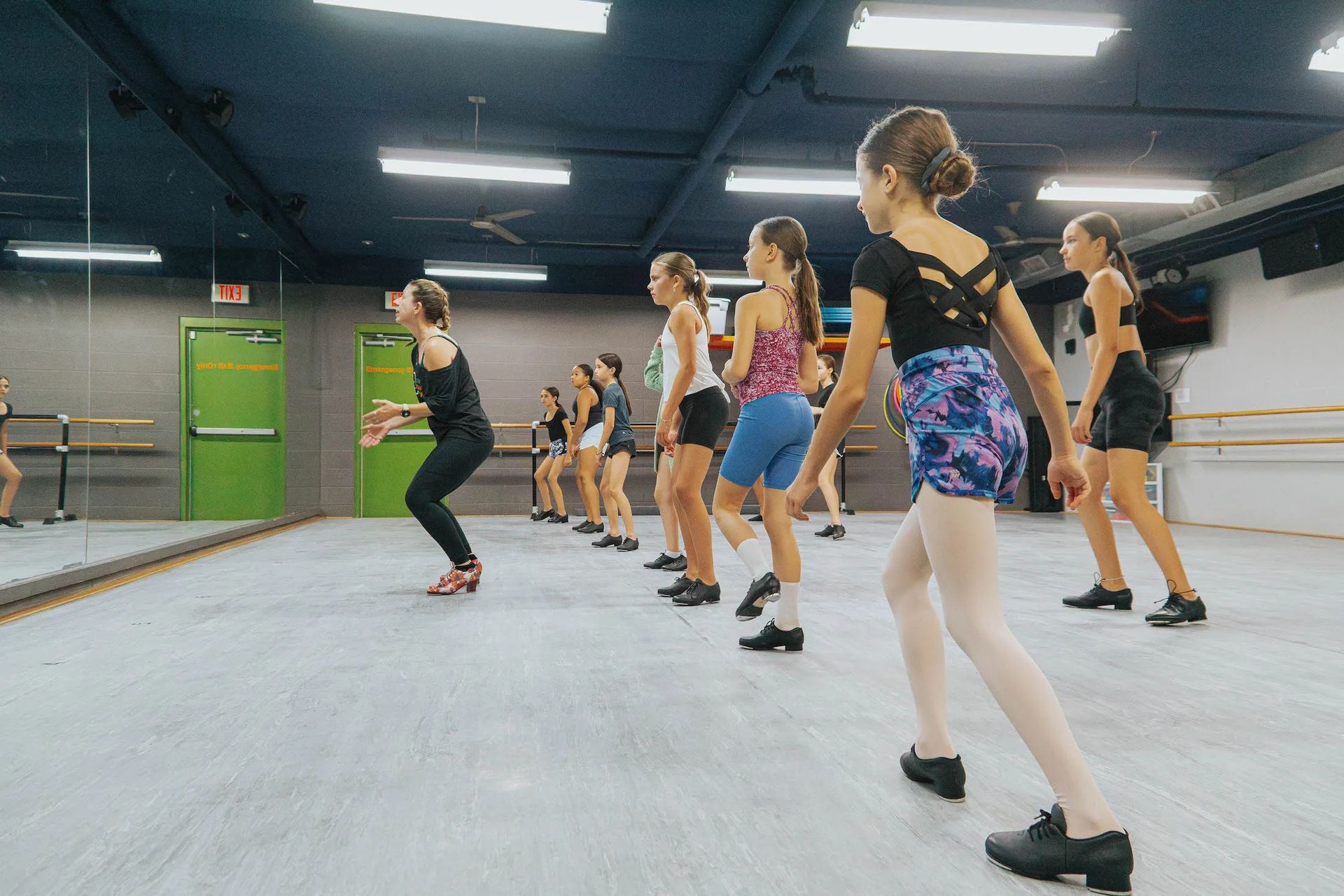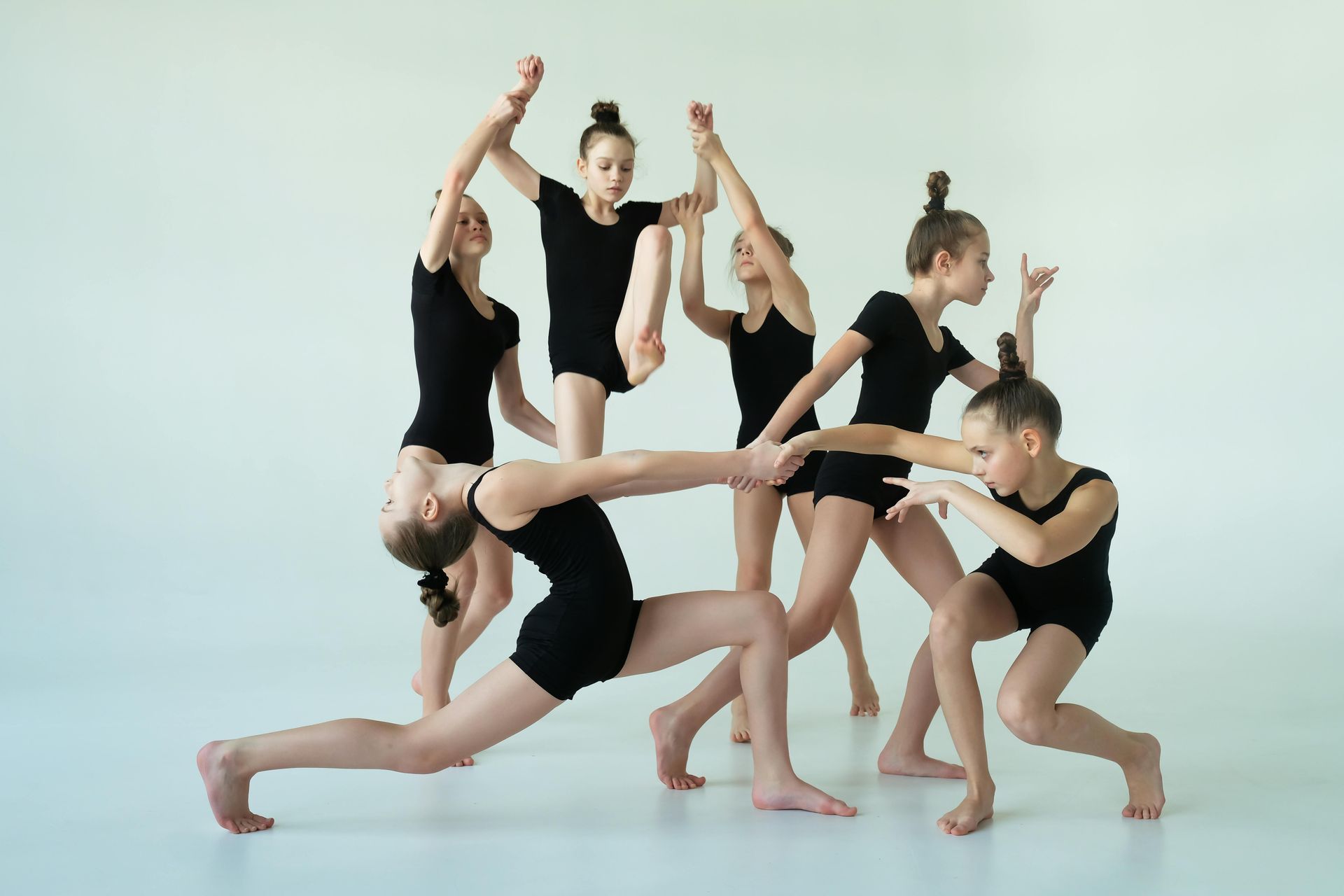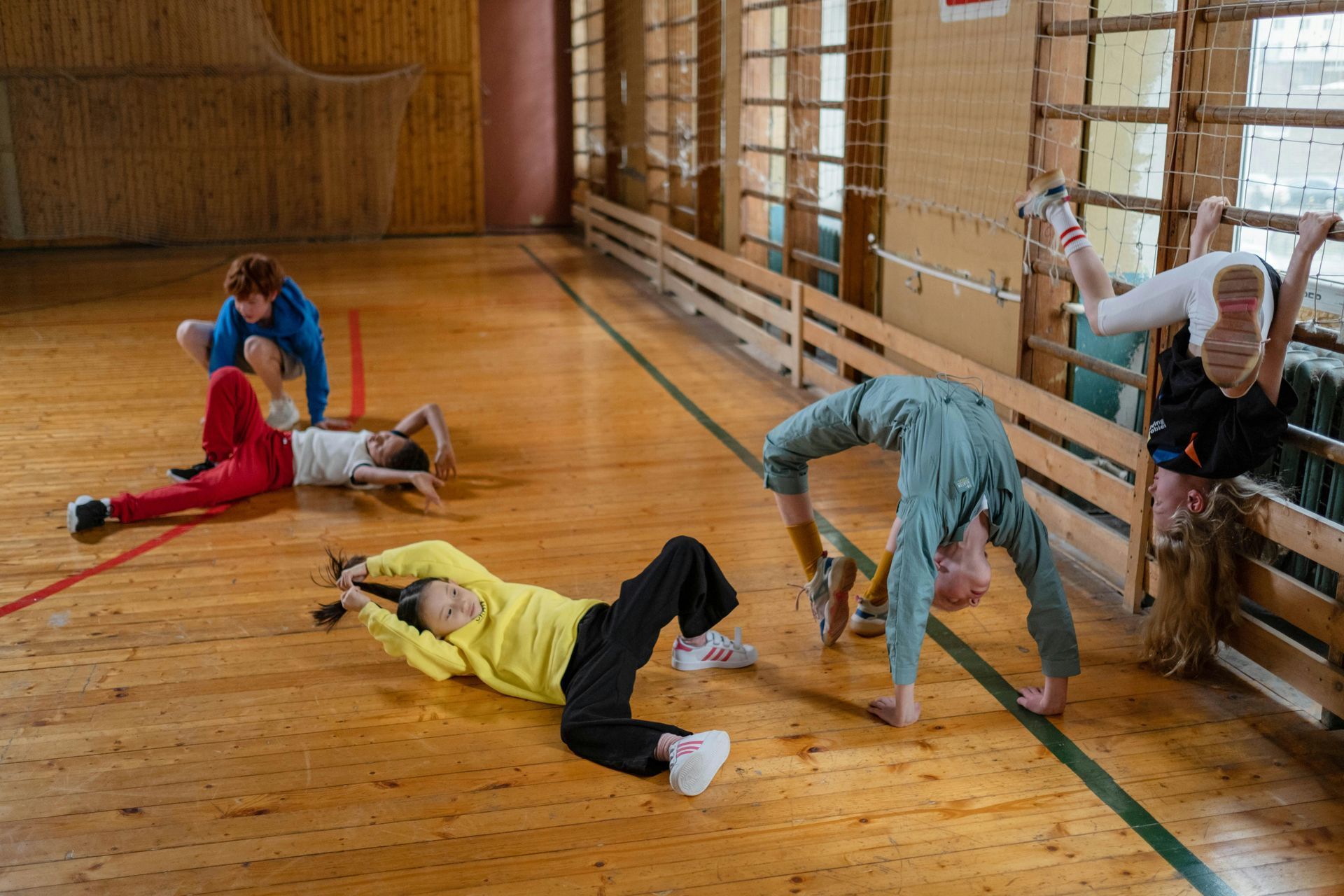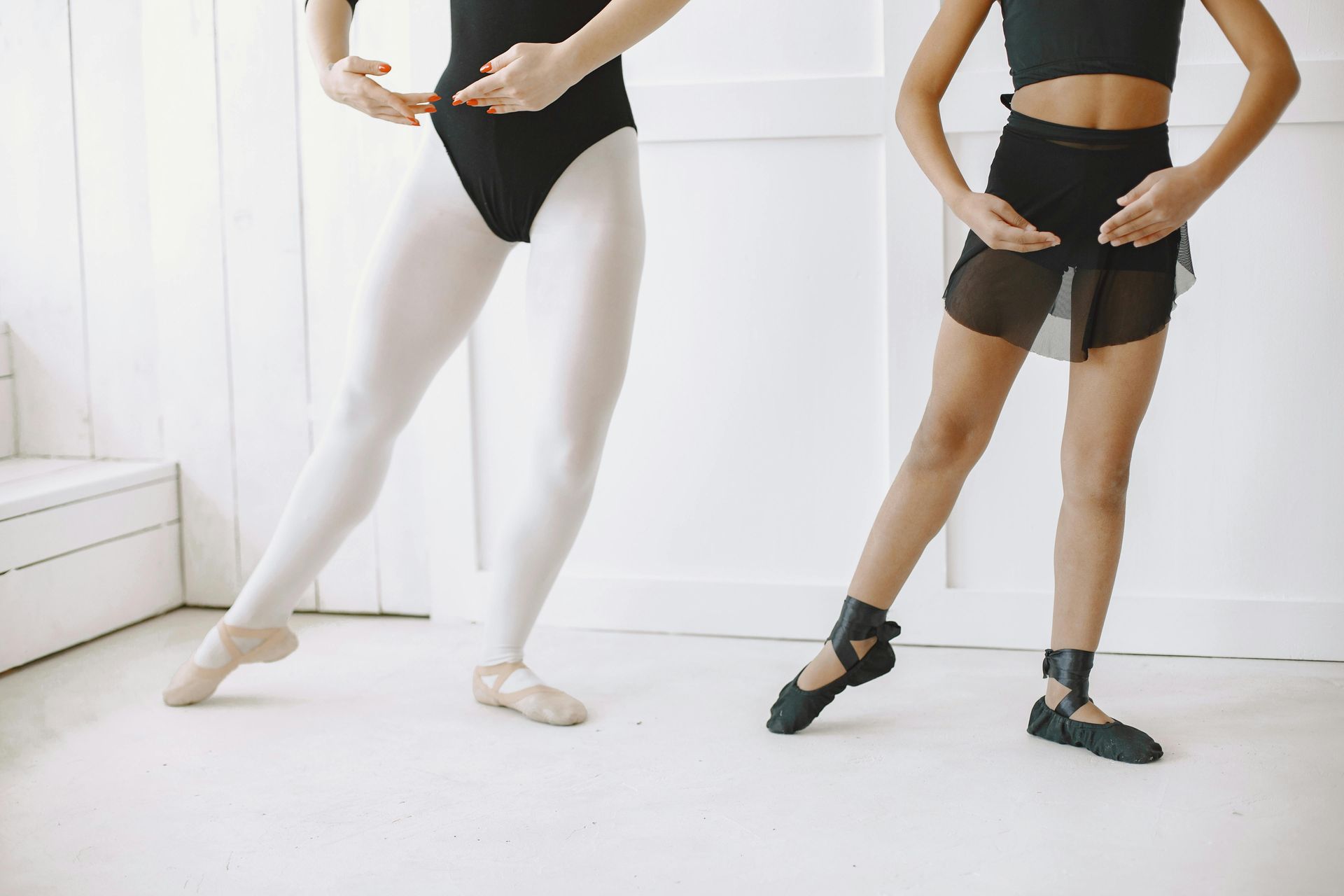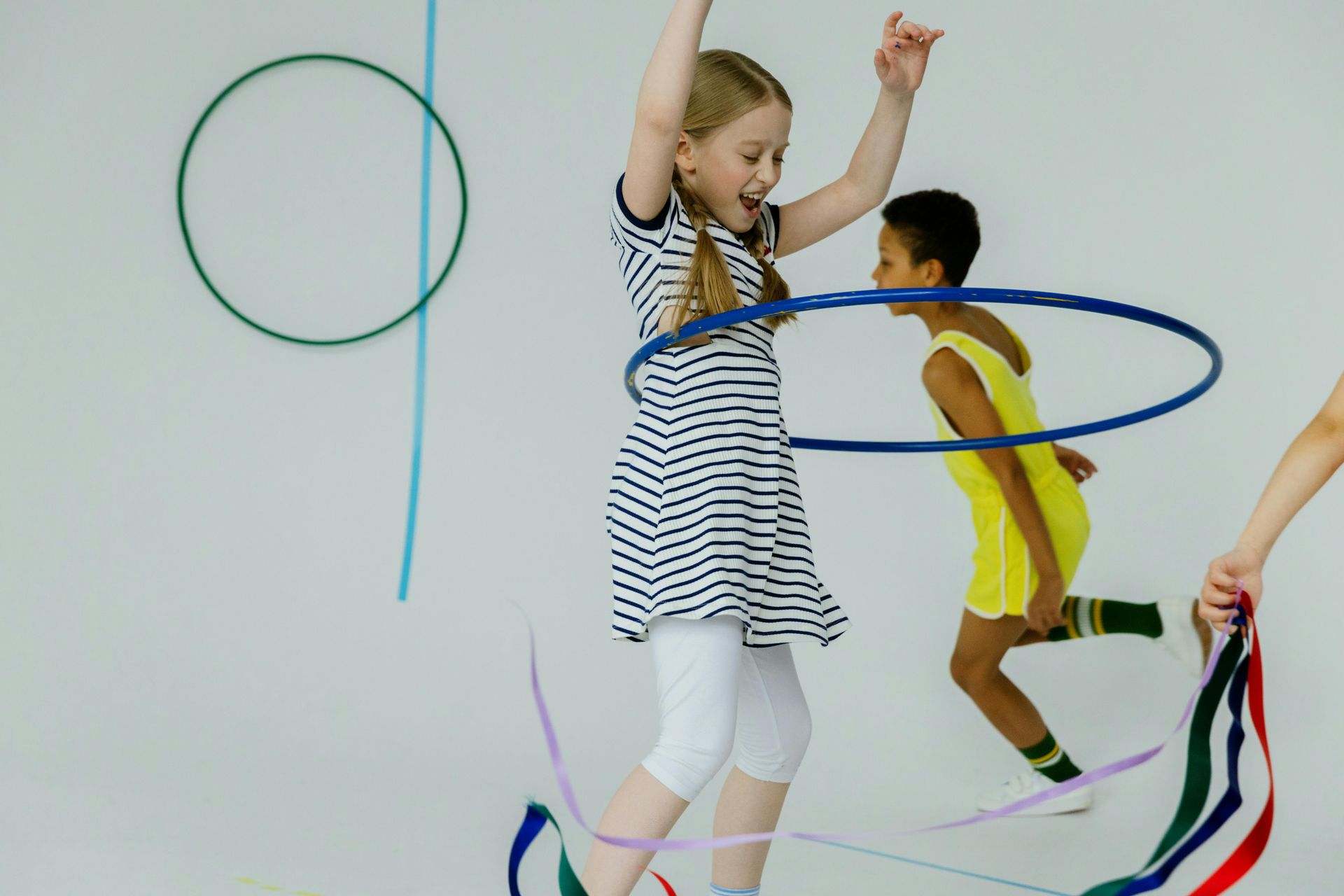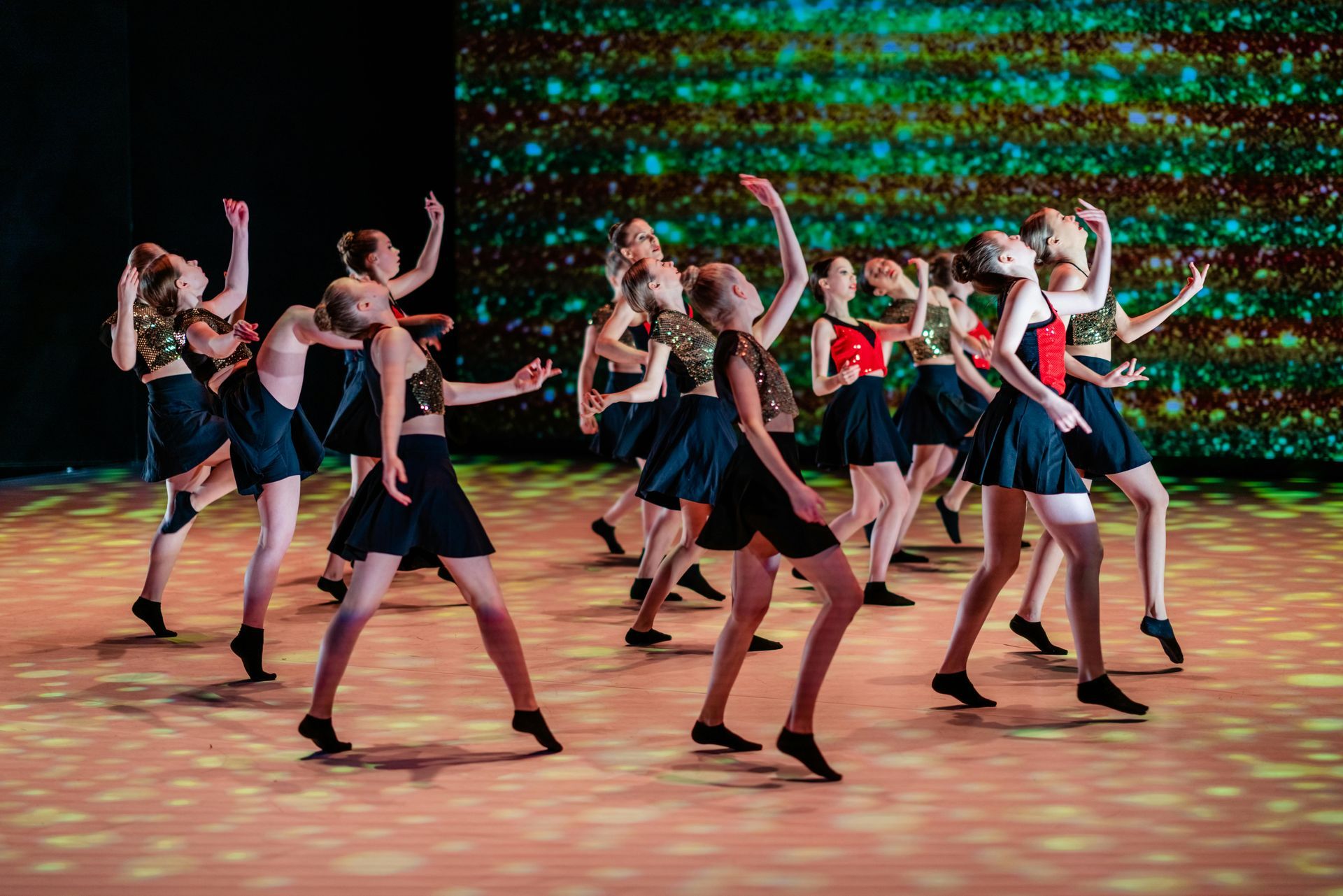The Importance of Competitive Dance Training for Young Performers
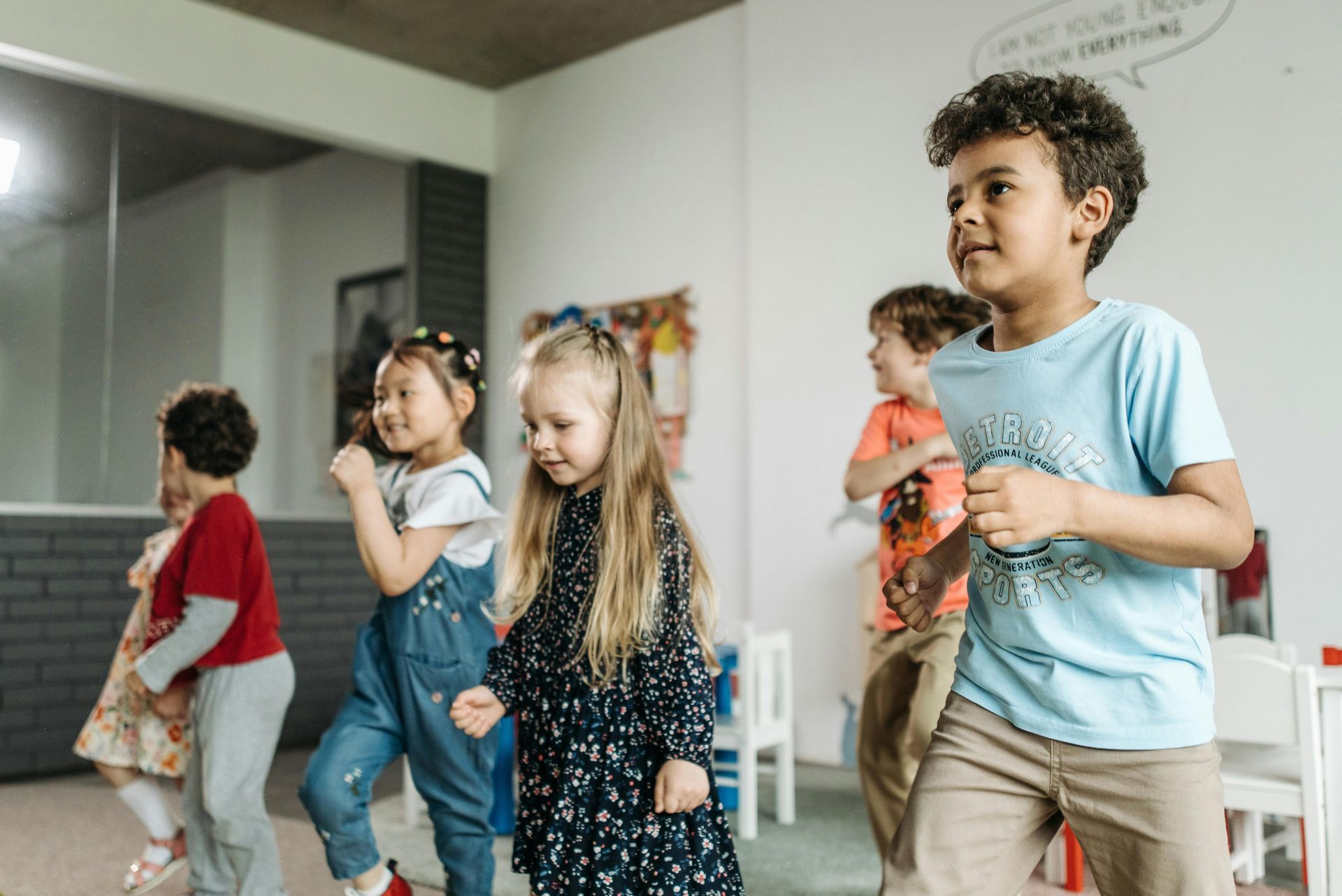
Why Competitive Dance is a Game-Changer for Young Talent
Competitive dance offers more than choreography—it builds confident, capable young artists. In New Jersey, many dancers begin with recreational classes, but those seeking greater challenge and performance opportunities often transition to competitive teams to refine their technique and stage presence.
Choosing the right studio makes all the difference. At Dance Expression Dance Arts, students grow in a positive, achievement-focused setting. With decades of experience and a strong foundation in mentorship, the studio has developed a reputation for excellence in competitive dance—learn more about their journey and values here.
What Competitive Dance Training Looks Like
Once a dancer joins a competition team, their training becomes more focused. Classes emphasize performance readiness, precision, and stamina—often through intense work in jazz, contemporary, ballet technique, and stretch conditioning.
The emphasis shifts from learning choreography to perfecting it. Dancers spend time breaking down transitions, matching musicality, and executing clean turns and extensions. They’re coached on how to present themselves on stage, make eye contact, and deliver emotion through movement.
Here’s what sets competitive training apart:
• Emphasis on technique: Proper posture, clean lines, and body control are critical.
• Stage presence coaching: Dancers learn how to connect with judges and audiences.
• Consistency: Repetition and fine-tuning are key to competition readiness.
Auditions and Performance Preparation
Preparing for a dance team audition isn’t just about knowing the steps. Dancers need to demonstrate strength, flexibility, timing, and coachability. Many studios, including Dance Expression, host mock auditions or specialized prep classes to help dancers build confidence before the big day.
Once on the team, performers train multiple times per week and rehearse regularly. Competitions are demanding but rewarding, teaching dancers how to stay composed under pressure, work as a team, and take feedback with maturity. These are life skills—not just stage skills.
If you’re considering a competitive track, it’s worth exploring studios that combine technical instruction with emotional support. You can learn about teen and advanced classes offered for ages 13 and up in Dance Expression’s 13+ curriculum, which outlines how students are guided toward competition readiness through structured training blocks.
How Competitive Dance Builds Confidence and Character
For many young performers, joining a dance competition team is a turning point. It teaches them responsibility, discipline, and time management—especially when balancing school, dance, and personal commitments. But beyond the schedule, it’s the emotional growth that stands out.
Dancers become more expressive, more resilient, and more connected to their peers. Performing in front of large audiences builds courage. Competing in groups cultivates trust and teamwork. Even navigating disappointment after a tough critique teaches grace and perseverance.
Families often see their child become more focused, goal-oriented, and proud of their accomplishments. That sense of progress is deeply rewarding—for both dancer and parent.
Recognizing When Your Dancer is Ready
Not every dancer is ready for the competition world right away, and that’s perfectly okay. Readiness is about more than skill—it’s about mindset and maturity. If your child loves dance, shows consistent improvement, takes feedback seriously, and asks for more stage opportunities, they might be ready to take the leap.
Here are a few signs they’re on the right track:
• They ask to perform more or compete.
• They’re motivated in class and push themselves.
• They handle feedback without frustration.
• They have strong foundational technique.
Here’s your revised conclusion with the link to the contact page naturally incorporated:
Conclusion: Why Competitive Dance Is Worth It
Competitive dance is more than trophies or rankings—it’s a journey of artistic and personal growth. Dancers build strength, express themselves through movement, and develop a sense of accomplishment that carries into all areas of life.
When the training environment is positive, like at Dance Expression Dance Arts, students don’t just become better dancers—they become better people. Whether your child is just starting to explore performance or ready to commit to competition, there’s a path designed to support them fully.
If you’re curious about getting started or have questions about class placement, training programs, or next steps, reach out to the studio directly—they’re always happy to help guide new and returning families.
For more on classes, age placement, or the studio’s approach to excellence, visit their curriculum and program overview and see how they help young dancers grow from curious performers to confident artists.
Frequently Asked Questions
Q1: When should a dancer join a competition team?
Typically between ages 8–13, once they’ve built solid technical foundations, show focus in class, and demonstrate emotional maturity to handle structured training and feedback.
Q2: How many days a week do competition dancers train?
Most competitive dancers train 3–5 days per week, balancing core technique classes with rehearsals, conditioning, and specialty styles based on team placement and age group.
Q3: Is stage presence taught or natural?
It’s a mix—some dancers are naturally expressive, but stage presence is absolutely teachable through choreography, performance coaching, and confidence-building in a supportive environment.
Q4: Are competitions stressful for young dancers?
They can be at first, but with experienced coaching, team bonding, and preparation, competitions quickly become exciting, positive opportunities for growth and achievement.
Q5: Do competitive dancers still take recreational classes?
Yes-most competitive dancers continue technique classes alongside rehearsals to strengthen skills. A well-rounded schedule includes ballet, jazz, acro, or other styles weekly.

